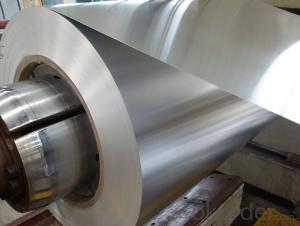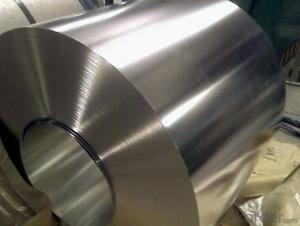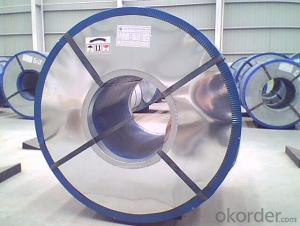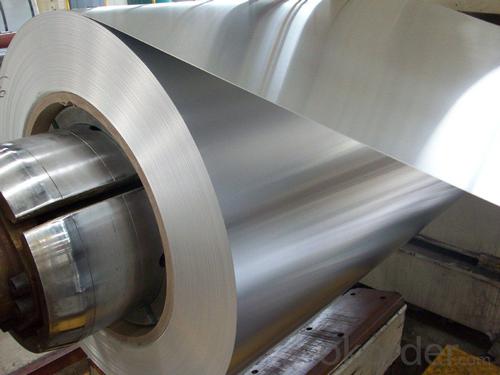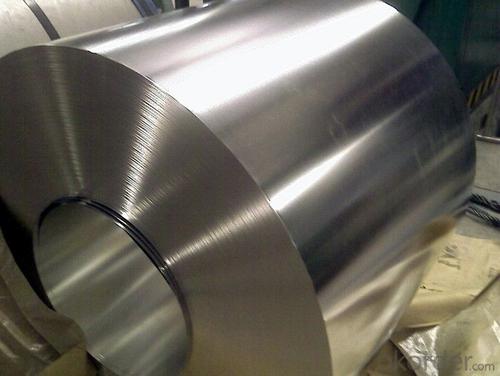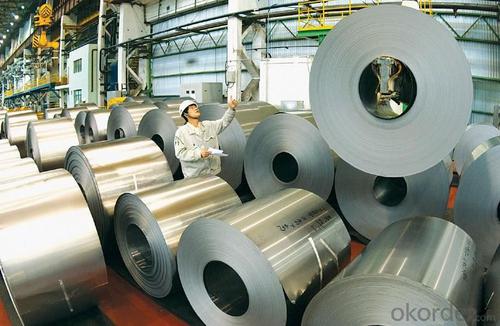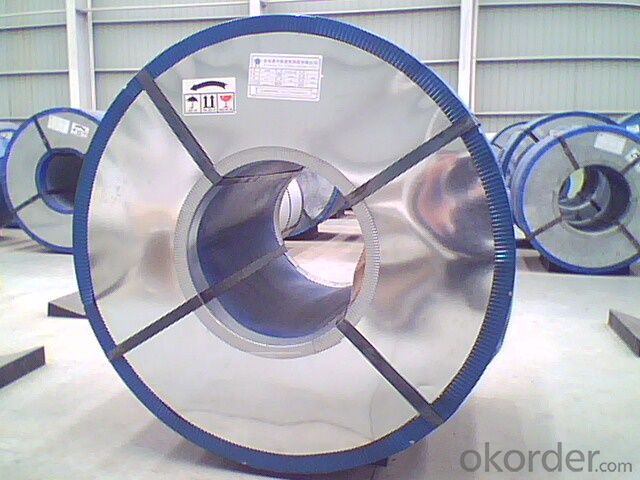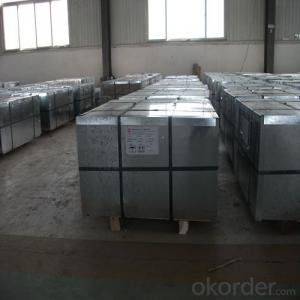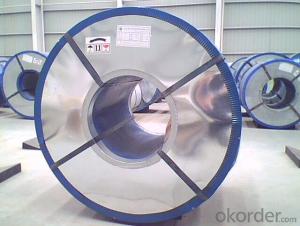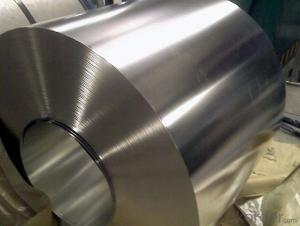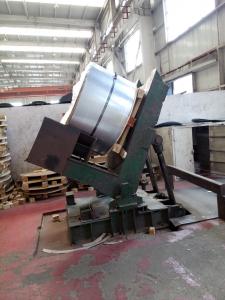Electrolytic Tinplate in Coils for Cans Packing
- Loading Port:
- Tianjin
- Payment Terms:
- TT OR LC
- Min Order Qty:
- 25 m.t
- Supply Capability:
- 7000 m.t/month
OKorder Service Pledge
OKorder Financial Service
You Might Also Like
1.Structure of Electrolytic Tin Plate Coils and Sheets for Foods Metal Packaging Description
Due to Tinplate packaging`s good seal, nature, dark, robustness and unique decorative metal charm, it has a wide range of coverage in the packaging container industry,and common international packaging varieties. With a variety of CC tinplate material, DR materials, chrome plated and constantly enrich and promotion and development of packaging products and technology, tinplate packaging has promoted with innovation.
Because of its strong antioxidant and diverse styles, beautifully printed, tinplate containers are very popular and loved by customers, and they are widely used in food packaging, pharmaceutical packaging, commodity packaging, instrumentation, packaging, industrial packaging and so on.
With the continuous improvement of tinplate printing technology and processing technology, tinplate packaging has developed more widely.
2.Main Features of the Electrolytic Tin Plate Coils and Sheets for Foods Metal Packaging
Appearance – Electrolytic Tin Plate is characterized by its beautiful metallic luster. Products with various kinds of surface roughness are produced by selecting the surface finish of the substrate steel sheet.
Paintability and printability – Electrolytic Tin Plates have excellent paintability and printability. Printing is beautifully finished using various lacquers and inks.
Formability and strength – Electrolytic Tin Plates have got very good formability and strength. By selecting a proper temper grade, appropriate formability is obtained for different applications as well as the required strength after forming.
Corrosion resistance – Tinplate has got good corrosion resistance. By selecting a proper coating weight, appropriate corrosion resistance is obtained against container contents. Coated items should meet 24 hour 5 % salt spray requirement.
Solderability and weldability – Electrolytic Tin Plates can be joined both by soldering or welding. These properties of tinplate are used for making various types of cans.
Hygienic – Tin coating provides good and non toxic barrier properties to protect food products from impurities, bacteria, moisture, light and odours.
Safe – Tinplate being low weight and high strength makes food cans easy to ship and transport.
Eco friendly – Tinplate offers 100 % recyclability.
Tin is not good for low temperature applications since it changes structure and loses adhesion when exposed to temperatures below – 40 deg C.
3.Electrolytic Tin Plate Coils and Sheets for Foods Metal Packaging Images
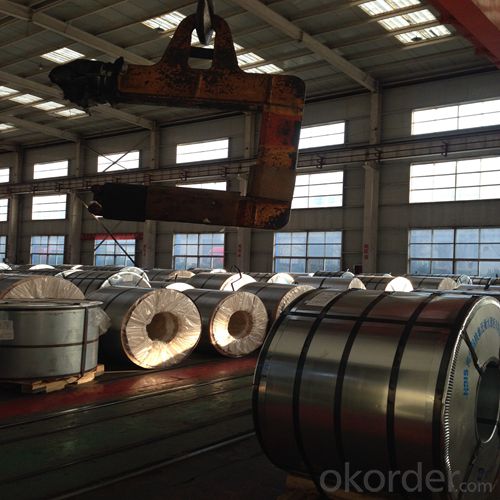
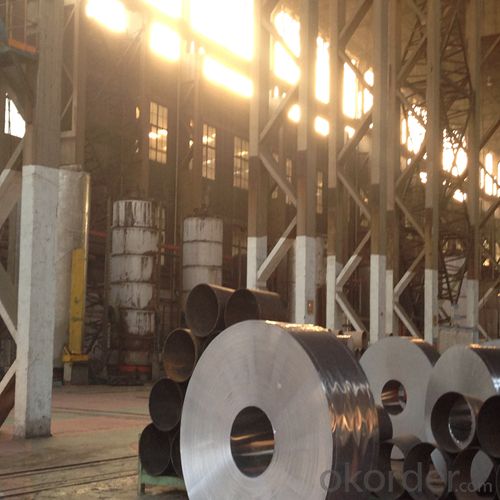
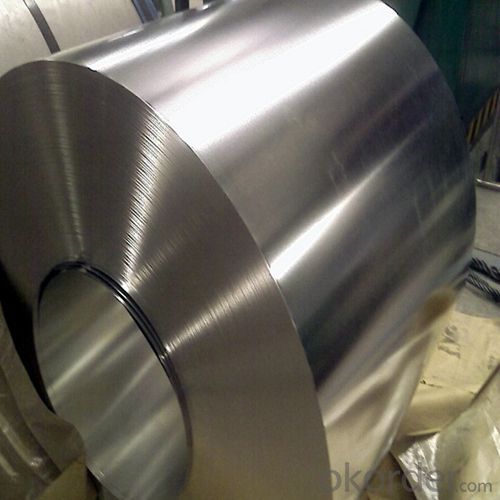
4.Electrolytic Tin Plate Coils and Sheets for Foods Metal Packaging Specification
Standard | ISO 11949 -1995, GB/T2520-2000,JIS G3303,ASTM A623, BS EN 10202
|
Material | MR,SPCC |
Thickness | 0.15mm - 0.50mm |
Width | 600mm -1150mm |
Temper | T1-T5 |
Annealing | BA & CA |
Coil Inner Diameter | 508mm |
Weight | 6-10 tons/coil 1~1.7 tons/sheets bundle |
Passivation | 311 |
Oil | DOS |
Surface | Finish,bright,stone,matte,silver |
5.FAQ of Electrolytic Tin Plate Coils and Sheets for Foods Metal Packaging
-What your tinplate material is used for ?
Tinplate is widely used for the packaging of products. Such as food cans,
beverage cans, pet cans, closures, general line cans and so on.
Printed Tinplate is offered!!
-How to place .an order or contact you ?
Please send us Email. we will give you a quick response in seconds .
- How is your quality ?
All our quality is prime even the secondary quality . We have many years experience
In this field with serious quality control standard . Advanced equipment, We welcome your visit to our factory .
- Q: Can tinplate be painted or coated with other materials?
- Yes, tinplate can be painted or coated with other materials.
- Q: How does tinplate compare to aluminum in terms of recyclability?
- Tinplate is highly recyclable, just like aluminum. Both materials can be recycled repeatedly without losing their properties or quality.
- Q: Can tinplate be used for medical or pharmaceutical packaging?
- Yes, tinplate can be used for medical or pharmaceutical packaging. Tinplate is a strong, durable, and corrosion-resistant material that provides an effective barrier against moisture, light, and oxygen. It is commonly used for packaging pharmaceutical products, such as tablets, capsules, and ointments, as it helps to maintain their quality, integrity, and shelf life. Additionally, tinplate is also widely used for medical packaging, including sterilized instruments, bandages, and other medical devices, due to its hygienic properties and ability to protect the contents from external contaminants.
- Q: What are the different printing methods used on tinplate?
- The different printing methods used on tinplate include lithography, offset printing, and screen printing.
- Q: Cookies with tinplate packaging has what advantage
- Tinplate has obvious superiority compared with other packaging materials.
- Q: Can tinplate be used for non-food products?
- Yes, tinplate can be used for non-food products. Tinplate is a versatile material that can be used in various industries such as automotive, construction, electronics, and packaging. Its corrosion resistance and durability make it suitable for non-food applications like metal cans, aerosol containers, electrical enclosures, and decorative items.
- Q: What are the main export markets for tinplate?
- The main export markets for tinplate include countries such as China, Japan, South Korea, United States, and Germany.
- Q: What are the factors that affect the cost of tinplate?
- The factors that affect the cost of tinplate include the price of raw materials, such as tin and steel, fluctuations in demand and supply, manufacturing and processing costs, transportation and logistics expenses, currency exchange rates, trade policies and tariffs, and market competition.
- Q: Can tinplate be used for agricultural applications?
- Yes, tinplate can be used for agricultural applications. It is commonly used for packaging agricultural products such as canned food, beverages, and other perishable goods. Tinplate provides a protective barrier against moisture, air, and light, ensuring the quality and longevity of agricultural products. Additionally, it is durable, recyclable, and resistant to corrosion, making it suitable for various agricultural needs, including storage containers, equipment, and agricultural machinery components.
- Q: Can tinplate be used for tobacco packaging?
- Yes, tinplate can be used for tobacco packaging. Tinplate is a commonly used material for packaging various products, including tobacco. It offers excellent protection against moisture, light, and external factors, ensuring the quality and freshness of the tobacco. Additionally, tinplate provides durability and can be easily shaped into various packaging designs, making it suitable for tobacco packaging applications.
Send your message to us
Electrolytic Tinplate in Coils for Cans Packing
- Loading Port:
- Tianjin
- Payment Terms:
- TT OR LC
- Min Order Qty:
- 25 m.t
- Supply Capability:
- 7000 m.t/month
OKorder Service Pledge
OKorder Financial Service
Similar products
Hot products
Hot Searches
Related keywords
